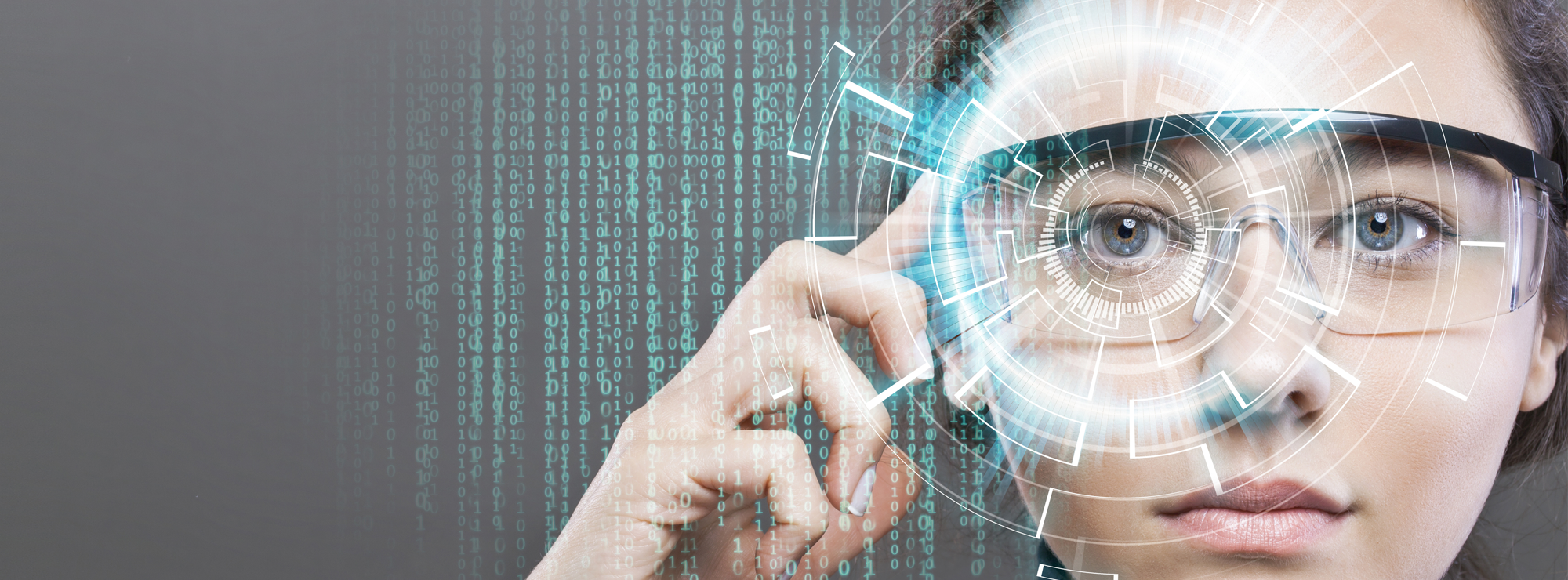
Digital brain
The human brain consists of a hundred million nerve cells that are linked together through specialised connections. Computer programs that try to imitate this structure are called neural networks. A neural network becomes better at performing its tasks if it is trained, just like a human brain, and the program can learn to perform new tasks based on experiences from its training.
EPI - the human robot
EPI is a robot that can interpret facial expressions. In this activity, the visitor gets to make facial expressions and EPI guesses your feeling. Then EPI shows a feeling that the visitor can guess.
Guess emotions with EPI
- Start the game and guess what emotions EPI shows.
- Then show EPI what you look like when you show any of these feelings: angry, happy, sad, surprised, afraid, disgusted and neutral.
- See what happens!
More about our EPI
EPI is a robot, developed at the Department of Cognitive Science, at Lund University. The EPI robot and all the programs it uses, has been developed for researchers to learn more about the human brain.
Vattenhallen’s EPI has been involved in a research projects where they have studied eye-hand coordination, how a robot can show emotions, the importance of the pupil and much more. It can bend and turn its head, move its eyes, resize its pupils and color its eyes and mouth. In each eye is a camera to allow the EPI to have deep vision.
Our EPI is the result of a student project where the students have developed a science center activity to give visitors an opportunity to guess what emotions EPI shows and then EPI guess what emotions you show.
Neural network
For an AI program to be better, it needs to learn how to interpret data. In this station, you can try to be an AI-based program, in the programming language Scratch, and sort the data. In the meantime, you learn more about neural networks and how to train an AI program.
Play the neuron game
Click on the green flag to start.
Move through the game by answering questions and by clicking on:
- the arrow
- the circle
- the animals
Neural network – an attempt to copy the brain
Neural networks are used within different AI-systems to solve problems that are too difficult for standard computer programs. A neural network consists of nodes, also called artificial neurons, that are supposed to imitate human neurons. A node can send signals to multiple other nodes, like the synapses in the human brain. To create artificial intelligence scientists are trying to copy how a human brain works!
Before a neural network can be used it has to be trained, exactly like people need to train to get good at something. Often the training consists of the neural network classifying input, for exam
Neural numbers
It is not an easy task for a computer to understand handwriting. Handwriting is irregular by nature, characters change shape even when written by the same person, and a change in the length or angle of a line might be all that’s needed for one character to turn into another. Humans have trouble understanding handwriting very often – even their own.
At this station you can experiment with number recognition, in a program that uses a neural network, and see the difference between a program trained with many images compared to only a few.
Try text recognition:
- draw a number on the touch screen.
- try with different datasets to get a feeling for how the recognition of neural numbers is done.
With training the program will be good at recognizing the numbers.

